Wireless Power Transmission
A blog describing the possibilities of power transmission wirelessly.
Without any doubt, we can say the demand for electricity is much higher than the amount being produced. In general, the power generated is transmitted through wires or cables and it is an efficient method of transmitting power. But is it the best method? A major drawback with these wires/cables is that these media show resistance to the power flow. The percentage of power loss during transmission and distribution is approximated as 26%. Even if we select materials with high conductivity, they will still impart some resistance to the power flow. And such high conductive materials are not economical for power transmission in the long run.
For an efficient power distribution system, it is important to reduce transmission and distribution losses. Is it possible? A wireless power transmission system may be a great solution. Nikolas Tesla, the pioneer of the field, attempted to create a powerful, wireless electric transmitter more than a century ago which has now seen exponential growth.
History...
In 1893, Tesla demonstrated the illumination of vacuum bulbs without the need for cables for transmitting power in the World Columbian Exposition in Chicago. The Warden Clyffe tower was designed and constructed by Tesla for wireless transmission of electrical energy rather than telegraphy.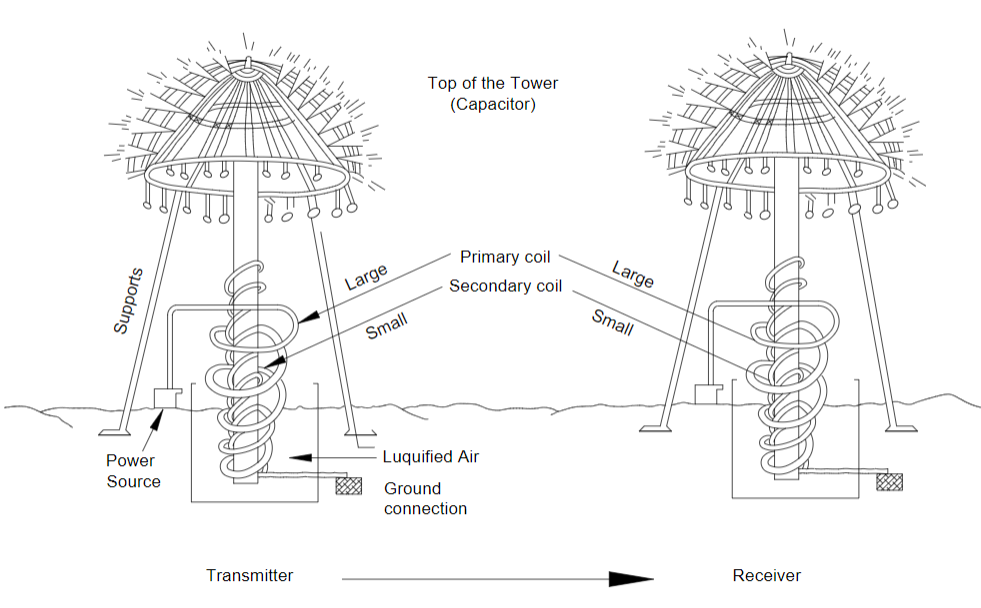
Existing...
Splash power recharging mat and Edison Electric’s power desk, both use coils to create a magnetic field. Electronic devices use corresponding built-in or plug-in receivers to recharge. These receivers contain compatible coils as well as the circuitry necessary to deliver electricity to the batteries. The splash power recharging mat uses the principle of induction to recharge multiple devices simultaneously as well.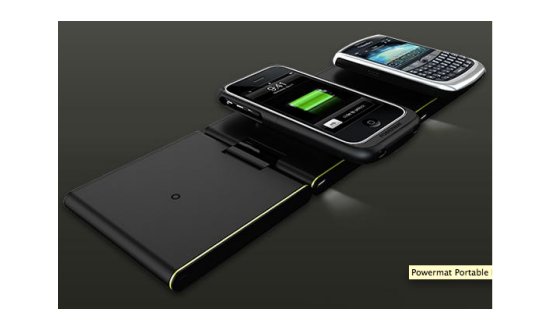
Fig.2 - Splash power recharging mat
Communications Research Centre in Canada has developed small, unmanned airplanes, referred to as Stationary High Altitude Relay Platform (SHARP), created to be a communications relaying system. In this system, microwave-powered airplanes circle at an altitude of 21km, and act as a platform to distribute telecommunication services within regions of up to about 600km diameter.
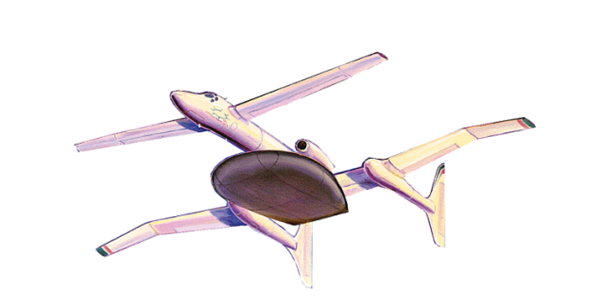
Fig.3 - Stationary High Altitude Relay Platform
In the future...
Most of the current research and proposals on wireless power transmission put forward the concept of using microwaves as a transmitting medium. They are collectively named "microwave transmitters". Because of the availability of a wide range of frequencies for transmission, an efficiency of 75% - 76% may be possible using current technology for microwave power transmission. In these systems it is important to make sure that the waves are focused to ensure that all the energy transmitted from the source is incident about the wave collection device to achieve an efficient microwave power transmission system.Methods of wireless power transmission
The most common forms of wireless power transmission in practice are through direct induction and resonant magnetic induction. Apart from these, other methods under consideration include radio waves such as microwaves or beam of light technology. Wireless communication is mostly considered a branch of telecommunications. Long-range communications, which are complex using traditional means, are one of the key services that wireless operations enable. Let us see different methods of wireless power transmission.1. Transformer coupling or induction
The principle of mutual induction between two coils can be used to transfer electrical energy without using wires. The best demonstration of how mutual induction works would be the transformer, where there is not a physical contact between the primary (Ls) and the secondary (Lr) coils. The transfer of energy develops due to electromagnetic coupling relating to the two coils. See the figure below.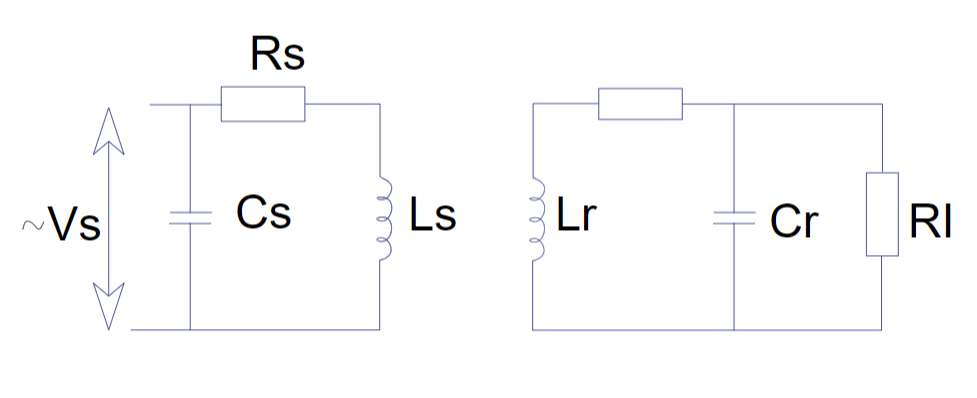
Fig.4 - Transformer coupling or induction
This technique makes use of energy transfer between two coils through magnetic fields. The distance between the two coils should be exceptionally low for maximum efficiency.
2. Resonant induction coupling/Evanescent wave coupling
Researchers from MIT have put forward an alternative way of transferring power wirelessly that makes use of non-radiative electromagnetic energy resonant tunnelling. Here electromagnetic waves tunnel, they will not propagate through the air for being absorbed or wasted and would not normally disturb electronics or cause injuries like radio or microwave transmission.An electromagnetic wave in an extremely high angular waveguide is called an evanescent wave. These waves carry no energy, but when if a proper resonant waveguide is brought at the transmitter, then the tunnel is formed towards power drawing waveguide, and this can be converted into DC using rectifier circuits at the receiver end. A prototype has been built with 5 meters of ranges using this method.
3. Radio/Microwave energy transfer
To achieve a long-range energy transfer, radio/microwaves are the best options. In this method, microwaves are sent to long distances, and this is received through a rectenna. A rectenna extract microwave energy back to electrical energy. The main problem with this process is how the diameter of the antenna varies to the order of kilometres.Power transmission via radio waves can be set more directional, allowing longer-distance power beaming, with shorter wavelengths of electromagnetic radiation mostly in the microwave range.
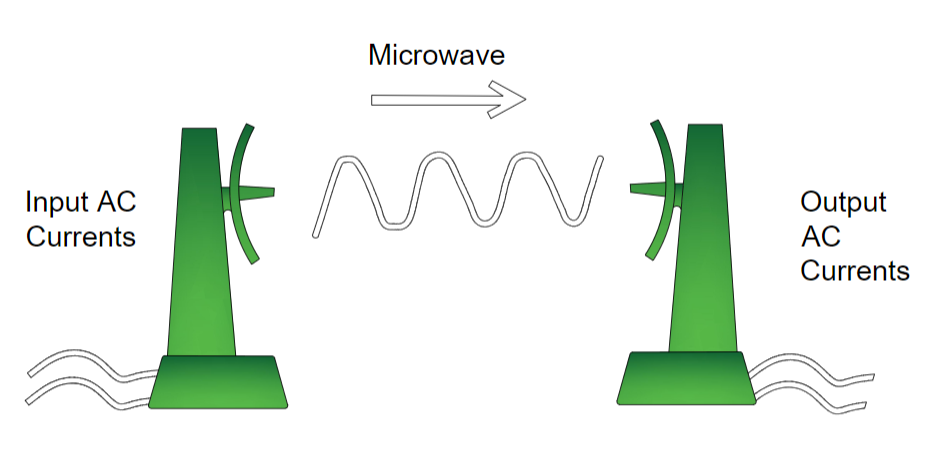
Fig.5 - Radio /Microwave energy transfer
4. LASER beam transfer
In this method, a laser is beamed at photovoltaic cells which extract the electrical energy. This method is quite challenging to implement and manage.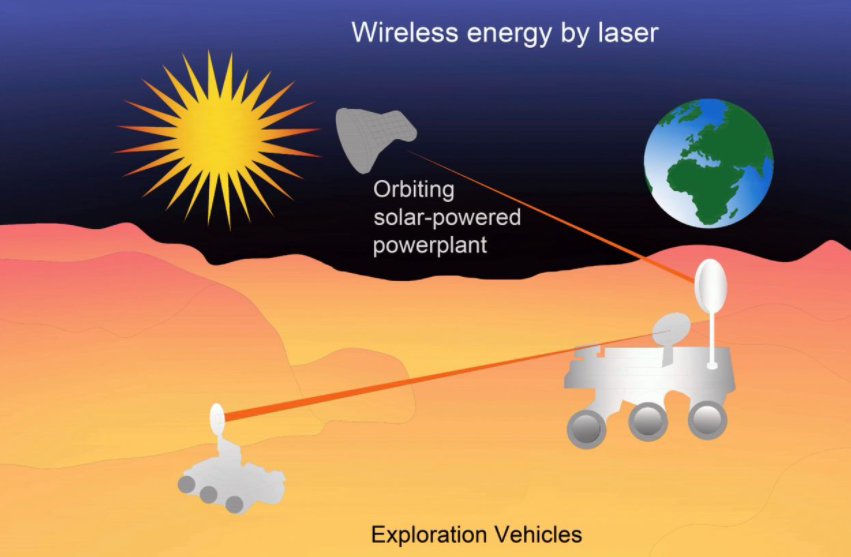
Fig.6 - Energy transfer via LASER
Advantages and Disadvantages of wireless power transmission
Some of the advantages are as follows:
1. Wireless Power Transmission system would eliminate the existing high-tension power transmission lines, cables, towers, and substations as well as the generating station and distribution systems and facilitates the interconnection of electrical generation plants on a global scale.
2. More freedom for both receiver and transmitters. Even mobile transmitters and receivers may be chosen for the WPT system
3. Power could be transmitted towards places a location where the wired transmission is not feasible.
4. Power can be purchased with the rectenna provided that the WPT is operating. The power failure due to short and fault on cables could not exist from the transmission and power theft will be not possible in any respect.
2. More freedom for both receiver and transmitters. Even mobile transmitters and receivers may be chosen for the WPT system
3. Power could be transmitted towards places a location where the wired transmission is not feasible.
4. Power can be purchased with the rectenna provided that the WPT is operating. The power failure due to short and fault on cables could not exist from the transmission and power theft will be not possible in any respect.
Some of the disadvantages are as follows:
1. High capital cost for implementation.2. Interference of the microwaves with the present wireless communication system.
3. Effect of microwave radiation at high doses received is not suitable to human health.












No comments yet